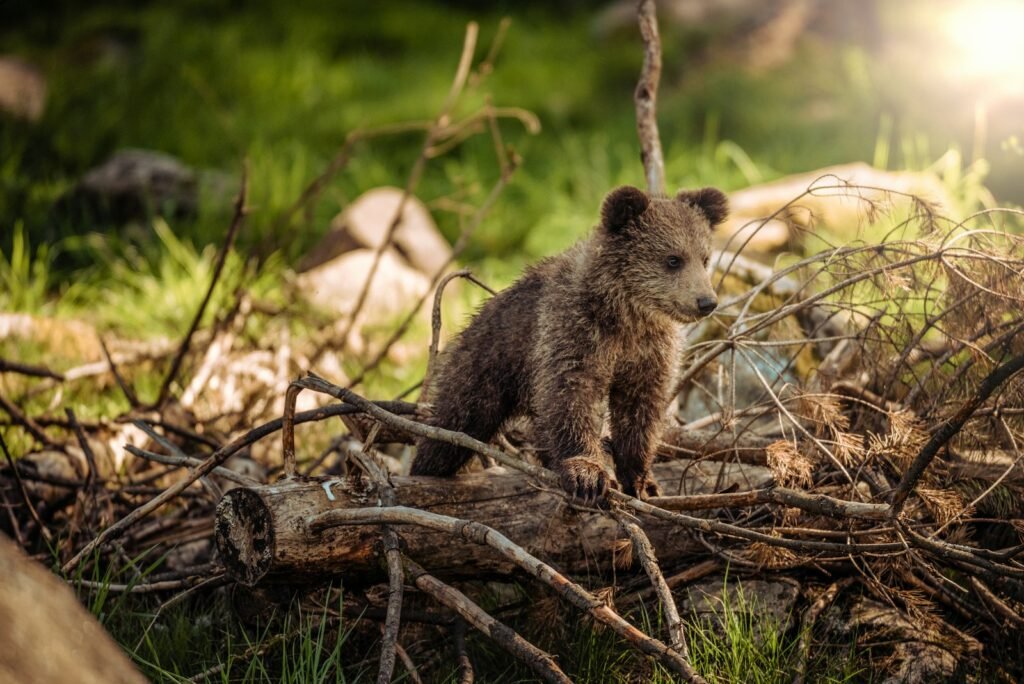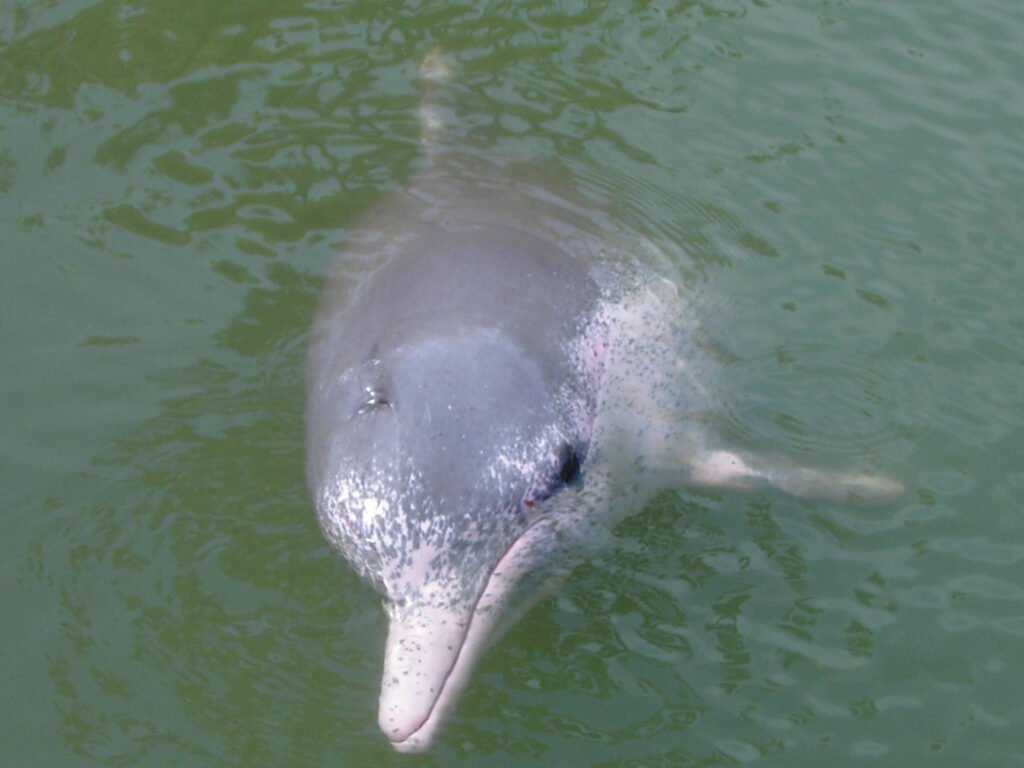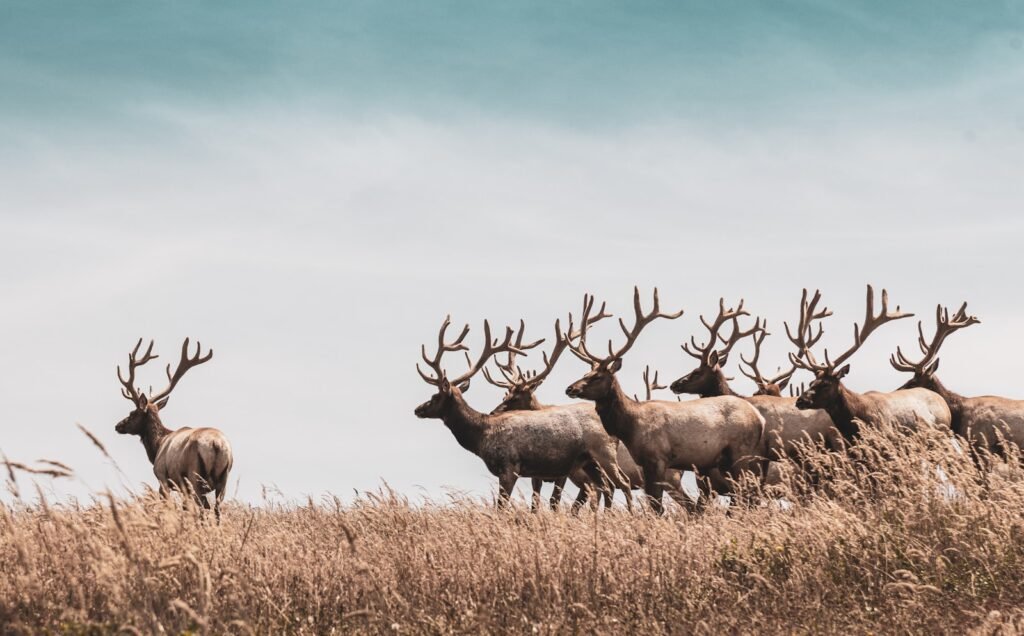Unveiling the mysteries of crystals, rocks, and fossils is akin to embarking on a treasure hunt through time. Each piece carries a story, etched over millennia, waiting to be discovered by the keen observer. Whether you’re a seasoned geologist or a curious amateur, knowing how to discern the rarity and value of these natural wonders can enrich your experience and perhaps lead you to a hidden gem.
Understanding the Basics of Crystals, Rocks, and Fossils
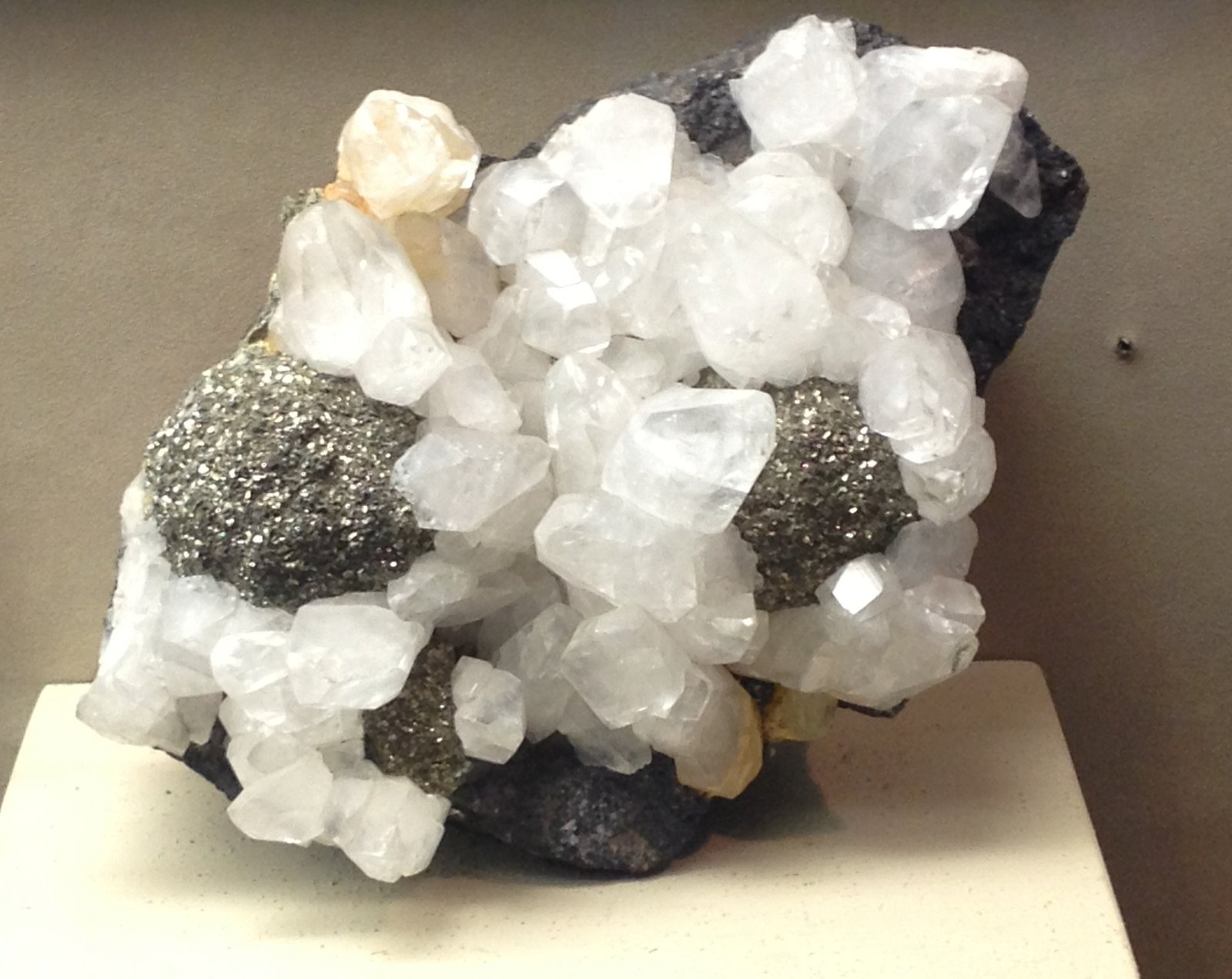
Crystals, rocks, and fossils are diverse in form and composition. Crystals are solid materials with atoms arranged in an ordered pattern extending in all directions. Commonly found in nature, they are often recognized by their symmetrical shapes and vibrant colors. Rocks are aggregates of minerals, classified into three types: igneous, sedimentary, and metamorphic. Fossils, on the other hand, are the preserved remains of ancient organisms, offering a glimpse into the Earth’s prehistoric past. Understanding these basic definitions is crucial in identifying potential rarities.
Identifying Unique Characteristics
The uniqueness of a crystal, rock, or fossil can often be determined by its physical characteristics. For crystals, look for unusual colors, shapes, or sizes. An amethyst with deep purple hues or a perfectly formed quartz crystal may indicate rarity. Rocks with rare mineral compositions or fossils with intricate details can also suggest uniqueness. Pay close attention to the texture, transparency, and luster, as these can be key indicators of a specimen’s distinctiveness.
The Role of Geographical Origin
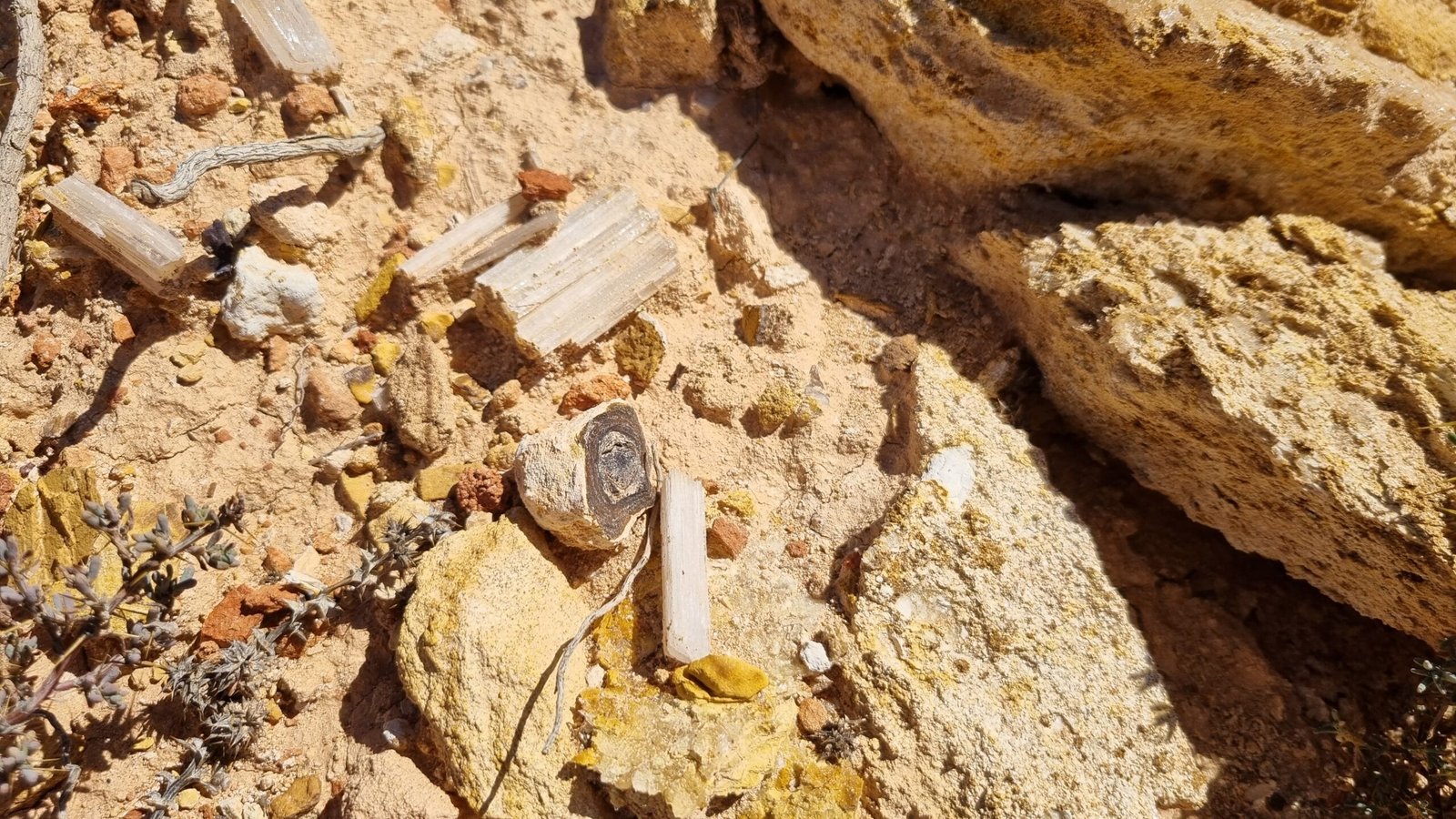
The geographical origin of a crystal, rock, or fossil plays a significant role in its rarity and value. Certain regions are known for producing specific types of rare minerals or fossils. For example, the Yowah Opal Fields in Australia are famous for their opalized fossils, while certain areas in Brazil are renowned for producing large, vibrant amethyst geodes. Knowing the origin can provide valuable context and enhance your understanding of a specimen’s worth.
Rarity and Market Demand
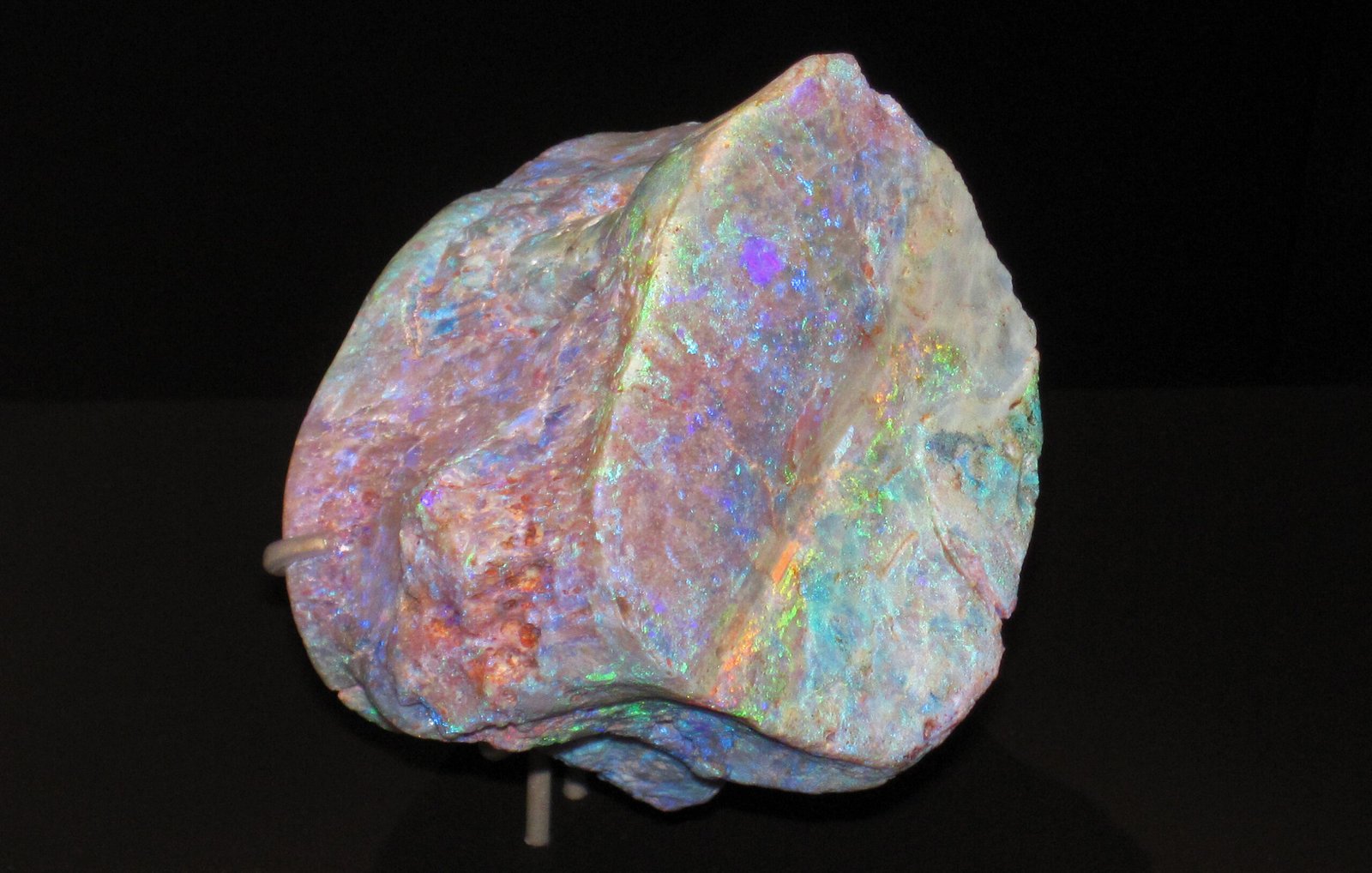
The concept of rarity is often linked to market demand. A rare crystal or fossil can fetch a high price if collectors or enthusiasts desire it. For instance, the demand for turquoise has fluctuated over the years, impacting its value. Similarly, fossils of certain dinosaur species are highly sought after, increasing their market worth. Understanding current trends and demands can give you insight into the potential value of your find.
Conducting Scientific Tests
Scientific tests can help confirm the authenticity and rarity of a specimen. For crystals, hardness tests using the Mohs scale can determine mineral composition. Acid tests can reveal the presence of carbonate minerals in rocks. Fossils can be confirmed through carbon dating or X-ray analysis. These tests, while sometimes requiring professional equipment, can provide conclusive evidence of a specimen’s authenticity and rarity.
Consulting Experts and Enthusiasts
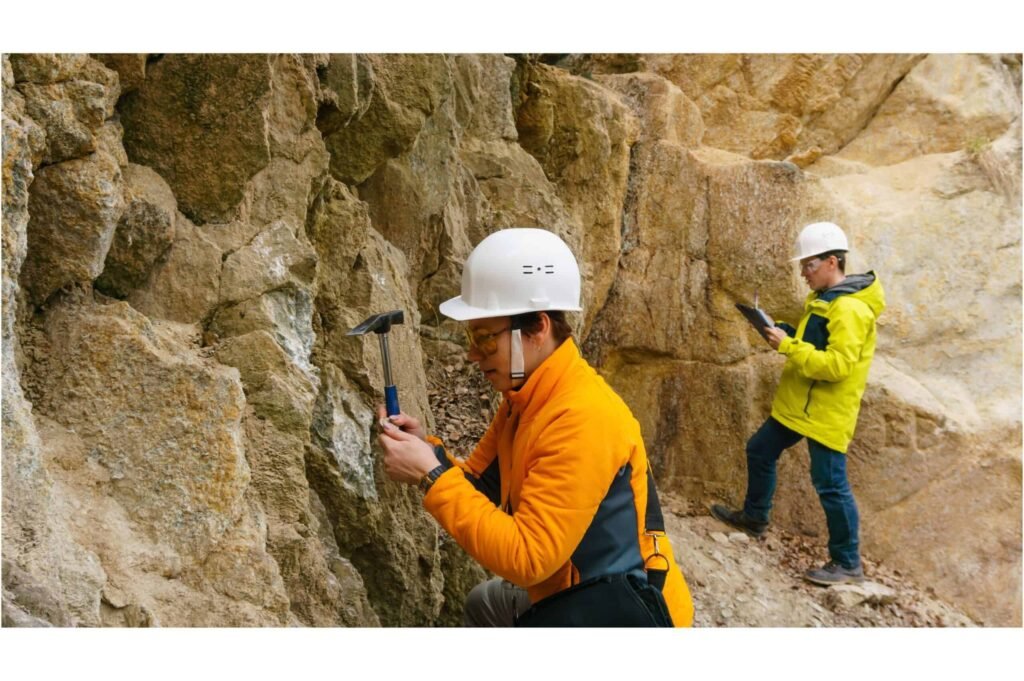
Consulting with experts or fellow enthusiasts can offer valuable insights into the rarity and value of your specimen. Geologists, paleontologists, or experienced collectors can provide informed opinions based on their extensive knowledge. Online forums and local clubs are excellent resources for connecting with individuals who share your passion and can help guide your discoveries.
Evaluating Condition and Preservation
The condition and preservation of a crystal, rock, or fossil significantly impact its value. A well-preserved ammonite fossil with clear, detailed features is more valuable than one that is weathered or damaged. Similarly, a crystal with no visible fractures or inclusions will be more prized. Carefully examining your specimen for signs of damage or deterioration can help assess its worth.
Historical and Cultural Significance
Some specimens may carry historical or cultural significance, adding to their rarity and value. Fossils from significant paleontological sites or rocks with associations to ancient civilizations can be particularly prized. A crystal used in traditional healing practices or a rock with historical markings may hold additional value beyond its physical properties.
Building a Collection with Purpose
Building a collection of crystals, rocks, and fossils can be a rewarding venture when done with purpose. Focus on acquiring specimens that resonate with you personally or align with a particular theme or interest. This approach not only enhances the enjoyment of your collection but also increases its potential value as a curated set.
Embracing the Joy of Discovery
Ultimately, the joy of discovering a rare and valuable crystal, rock, or fossil lies in the journey itself. The thrill of the hunt, the satisfaction of research, and the wonder of uncovering nature’s secrets are unparalleled experiences. Each find, whether common or rare, adds to the tapestry of Earth’s story, waiting to be shared and cherished.


